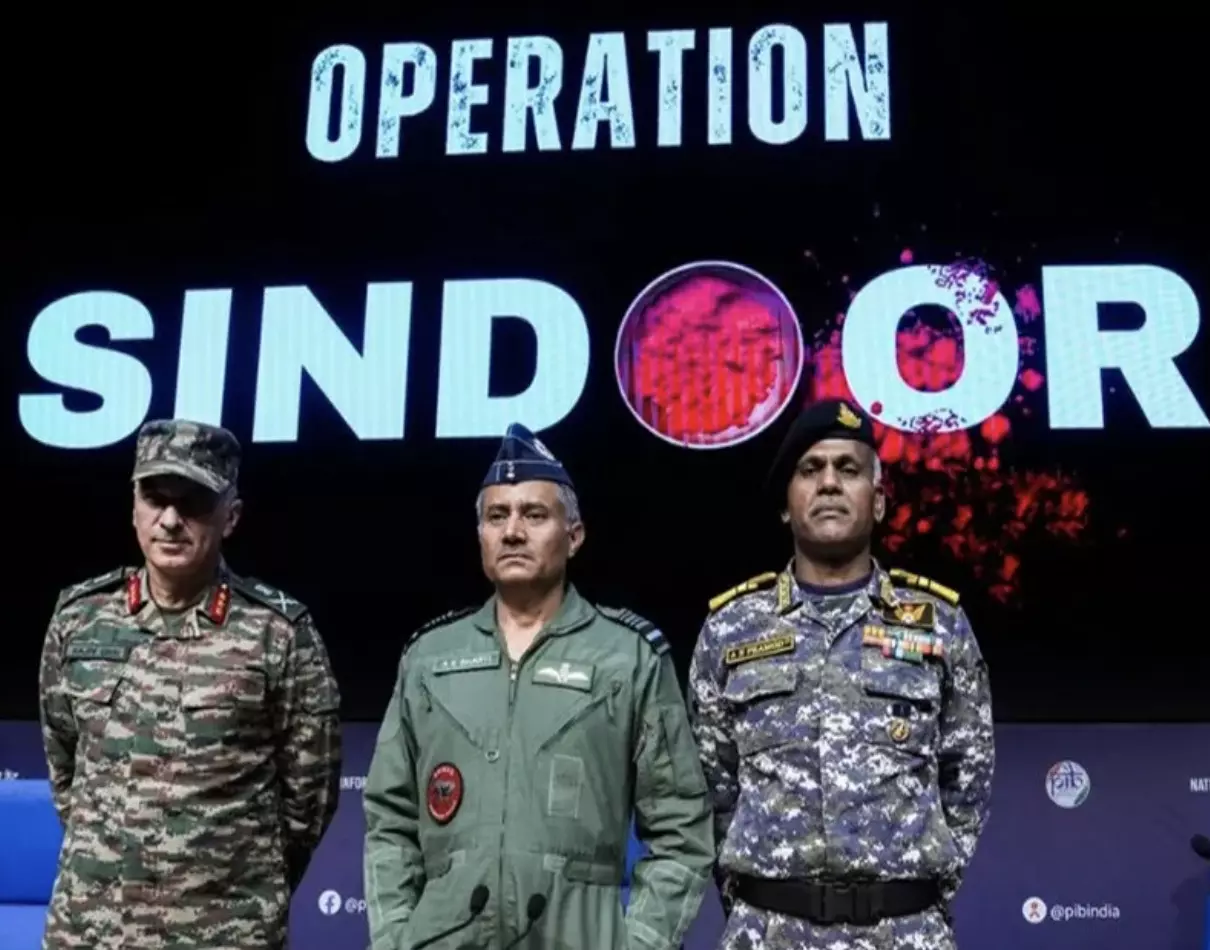Operation Sindoor: How PM Modi’s CDS vision transformed India’s military into a unified strike force
Operation Sindoor: How PM Modi’s CDS vision transformed India’s military into a unified strike force

In a powerful demonstration of military coordination and national resolve, the Indian Armed Forces launched Operation Sindoor on May 7 — a precision joint strike deep inside Pakistan and Pakistan-occupied Jammu & Kashmir. This swift and unified operation was India’s firm response to the gruesome terror attack in Pahalgam on April 22 that killed 26 innocent civilians.
What made Operation Sindoor stand out wasn’t just the accuracy of the military strikes, but the unparalleled synergy between the Indian Army, Navy, and Air Force. Defence experts have widely credited this seamless integration to the pivotal role of the Chief of Defence Staff (CDS) — a post that embodies Prime Minister Narendra Modi’s vision of a more integrated and responsive armed force.
CDS: Turning Point in Military Reform
The idea of a unified military leadership post was first proposed after the 1999 Kargil War by a high-level committee that reviewed India’s defence preparedness. The committee recommended the appointment of a CDS to streamline tri-service coordination and act as the single-point military advisor to the government. Despite being considered essential, the recommendation remained dormant for years — until PM Modi revived and implemented it in 2019.
During his Independence Day address that year, PM Modi declared the government’s intent to appoint a CDS. Soon after, General Bipin Rawat became the first officer to hold the position. Currently, Lt General Anil Chauhan serves as the CDS of India.
Unified Command in Action
The CDS is a four-star officer who serves as the Principal Military Advisor to the Defence Minister on all tri-service matters. As the permanent Chairman of the Chiefs of Staff Committee, the CDS works closely with the service chiefs of the Army, Navy, and Air Force, ensuring jointness in planning, strategy, logistics, procurement, and operations. The role also includes heading the Department of Military Affairs (DMA) within the Ministry of Defence, where key military reforms, personnel matters, and inter-service coordination are driven.
This integrated framework paid dividends during Operation Sindoor. The three forces executed their roles with remarkable cohesion — and at the post-operation briefing, their respective Directors General praised one another’s precision and cooperation, highlighting how far joint operations have come since the CDS post was established.
A Strategic Warning to Terror Networks
India’s multi-pronged strike targeted nine terror training camps across the border — dealing a heavy blow to terror infrastructure and sending a clear signal to Pakistan-backed elements. While the initial days saw heightened cross-border shelling, both India and Pakistan agreed to a ceasefire on May 10.
Operation Sindoor is now seen as a landmark event — not only in terms of its tactical success but as a testament to how India’s armed forces, under the CDS framework, can act swiftly, decisively, and as one.
The mission underscored that India’s military is no longer operating in silos. It is now a single, sharpened spear — guided by strategic clarity and empowered by a unified command structure.

